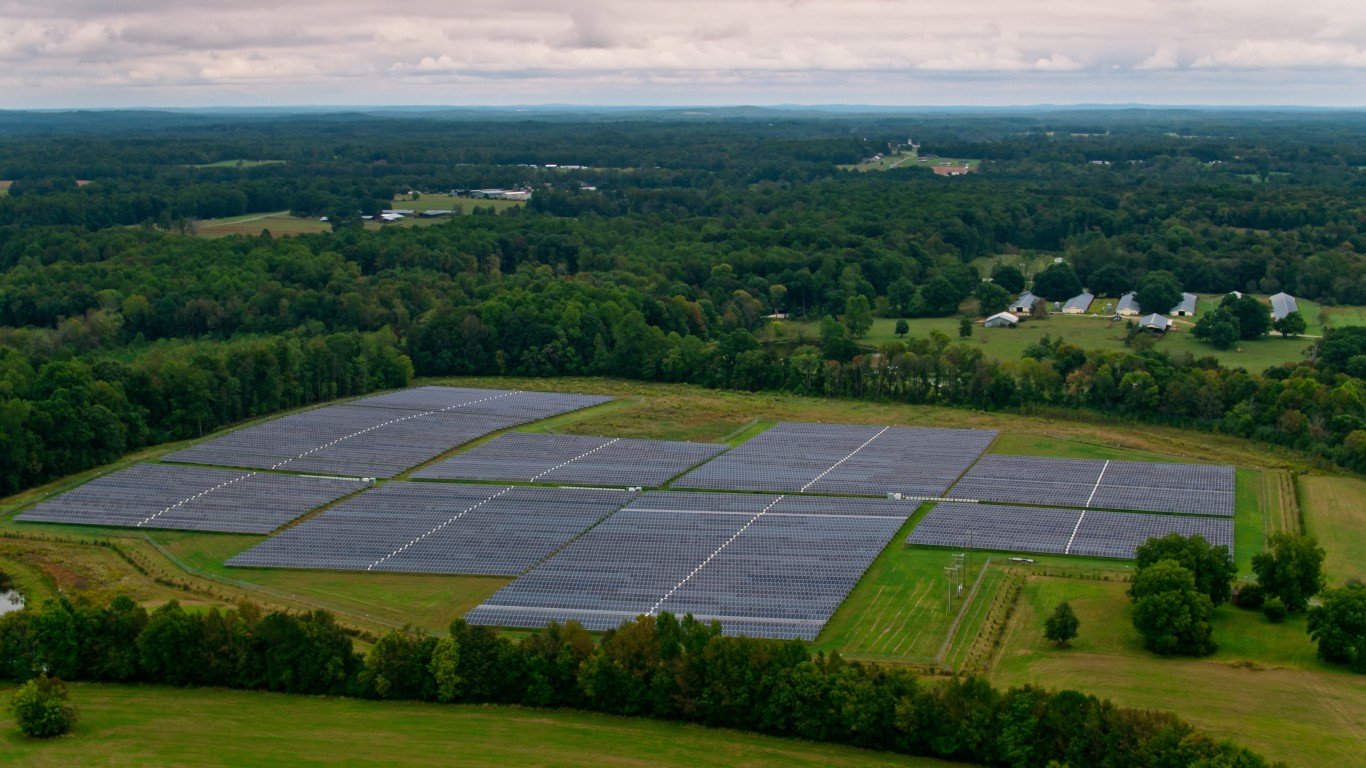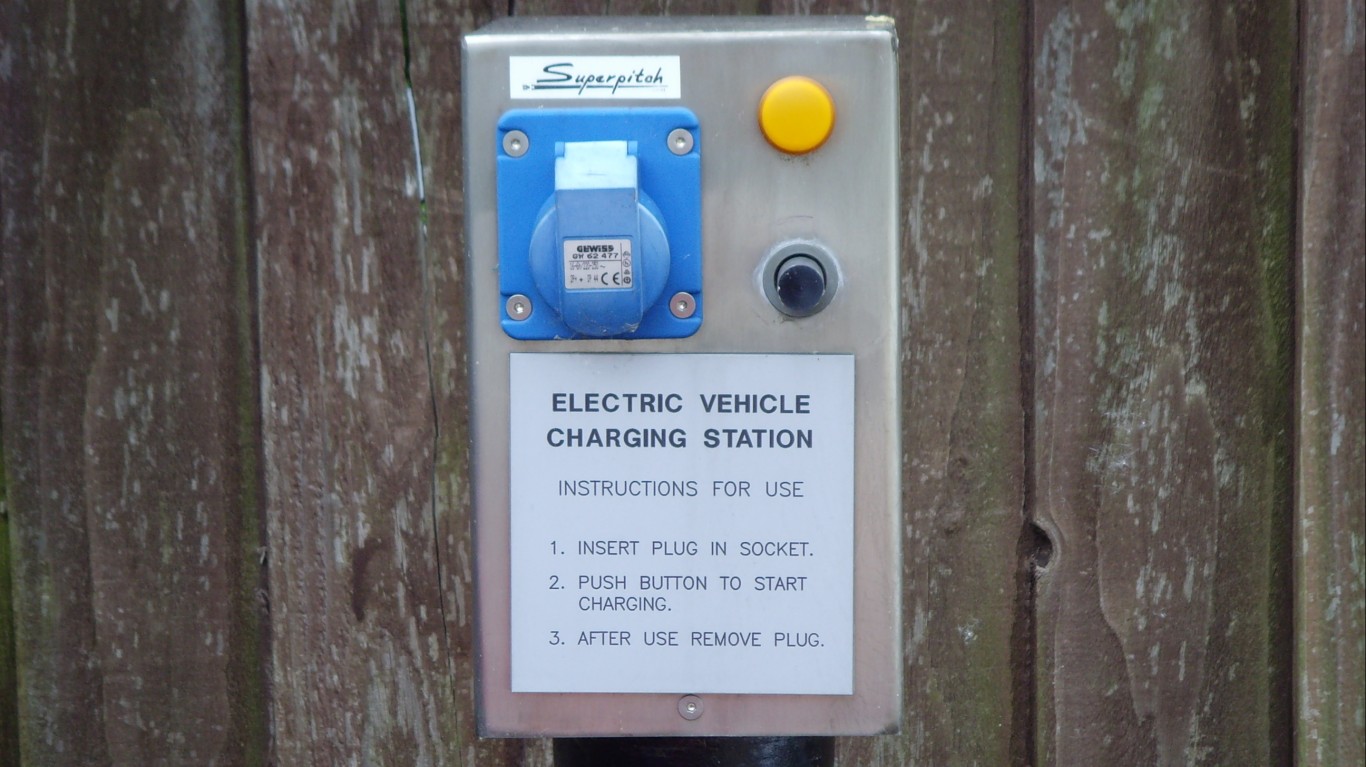
18. Virginia
> Potential jobs created under Inflation Reduction Act in 2030: 1 for every 280 people (31,255 total)
> Potential new jobs as a share of current unemployed population: 24.6%
> Unemployed population in 2022: 127,053 (2.9% of labor force)
> Energy-related carbon dioxide emissions in 2021: 11.3 metric tons per person (23.5% lower than avg.)

17. Tennessee
> Potential jobs created under Inflation Reduction Act in 2030: 1 for every 277 people (25,348 total)
> Potential new jobs as a share of current unemployed population: 22.3%
> Unemployed population in 2022: 113,471 (3.4% of labor force)
> Energy-related carbon dioxide emissions in 2021: 13.3 metric tons per person (10.1% lower than avg.)
16. South Dakota
> Potential jobs created under Inflation Reduction Act in 2030: 1 for every 277 people (3,252 total)
> Potential new jobs as a share of current unemployed population: 33.1%
> Unemployed population in 2022: 9,815 (2.1% of labor force)
> Energy-related carbon dioxide emissions in 2021: 16.9 metric tons per person (14.3% higher than avg.)

15. North Carolina
> Potential jobs created under Inflation Reduction Act in 2030: 1 for every 275 people (38,568 total)
> Potential new jobs as a share of current unemployed population: 20.5%
> Unemployed population in 2022: 188,331 (3.7% of labor force)
> Energy-related carbon dioxide emissions in 2021: 10.9 metric tons per person (26.1% lower than avg.)

14. Montana
> Potential jobs created under Inflation Reduction Act in 2030: 1 for every 275 people (4,011 total)
> Potential new jobs as a share of current unemployed population: 26.8%
> Unemployed population in 2022: 14,945 (2.6% of labor force)
> Energy-related carbon dioxide emissions in 2021: 25.8 metric tons per person (74.2% higher than avg.)






